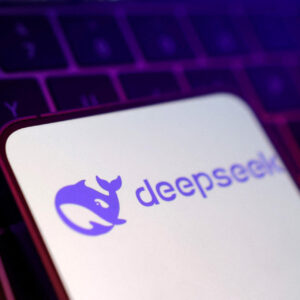DeepSeek’s Entry into AI
DeepSeek, a Chinese AI startup, released its large language model, DeepSeek-We3, in late December 2024. Within weeks, it gained popularity and became one of the most downloaded iOS apps. On January 20, 2025, the company introduced DeepSeek-R1, which, according to performance tests, matches the capabilities of OpenAI’s most advanced model, GPT-4 Turbo.
What makes DeepSeek notable is its development timeline and cost. Reports indicate that the model was built in under two months with a budget of less than $6 million. Additionally, the company used fewer and lower-cost GPUs compared to the high-performance hardware typically used to train AI models like ChatGPT.
Market Reactions and Concerns
The release of DeepSeek-R1 has raised concerns in the financial markets, particularly in AI-related stocks.
- Impact on Nvidia and AI Hardware Demand – Nvidia, a key supplier of GPUs for AI development, saw its stock price increase 135% in 2024 due to rising demand for AI-related computing power. However, DeepSeek’s ability to achieve competitive performance with fewer and less advanced GPUs has led investors to question whether demand for high-end AI hardware will remain strong.
- AI Sector Volatility – Other major tech companies involved in AI, including Microsoft, Google, Amazon, Meta, and Broadcom, could also be affected. Microsoft CEO Satya Nadella recently stated at the Davos forum that developments in China’s AI sector should be taken seriously. If AI models become more efficient and cost-effective, the competitive landscape may shift.
Future Considerations
The introduction of new AI models like DeepSeek-R1 could influence both the development of AI technology and investment trends. Companies may look for ways to improve efficiency, while investors will monitor whether these changes affect the profitability of AI-related businesses.
As AI continues to evolve, the impact on financial markets remains uncertain. Observers will watch how major technology companies respond to these new developments and whether AI infrastructure demand changes in the coming months.
